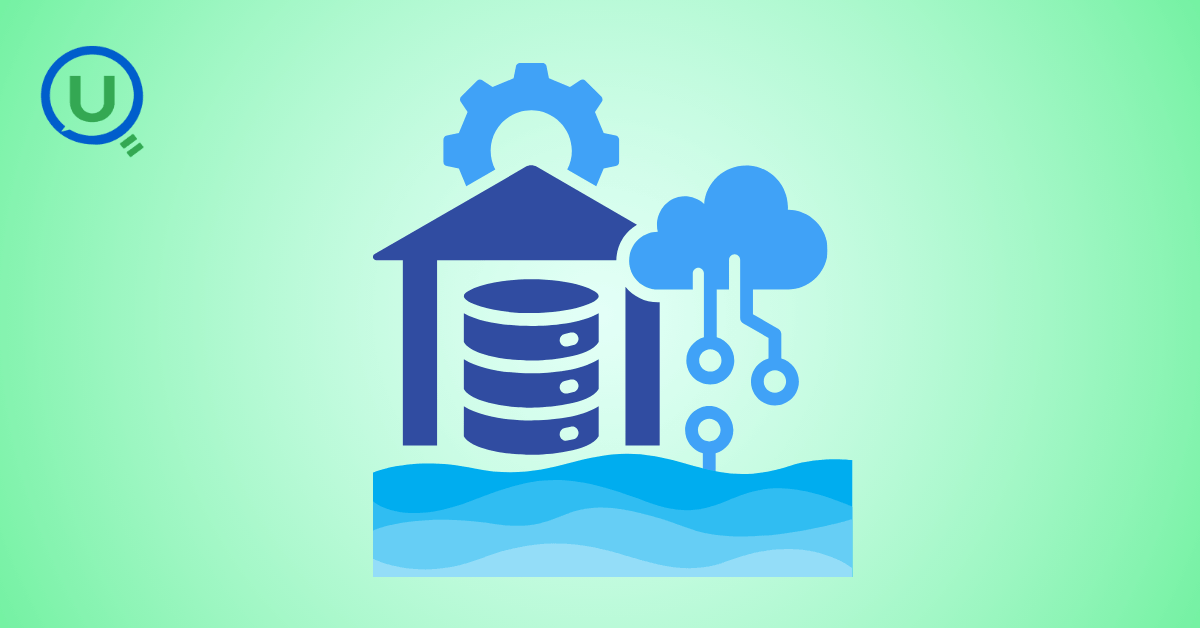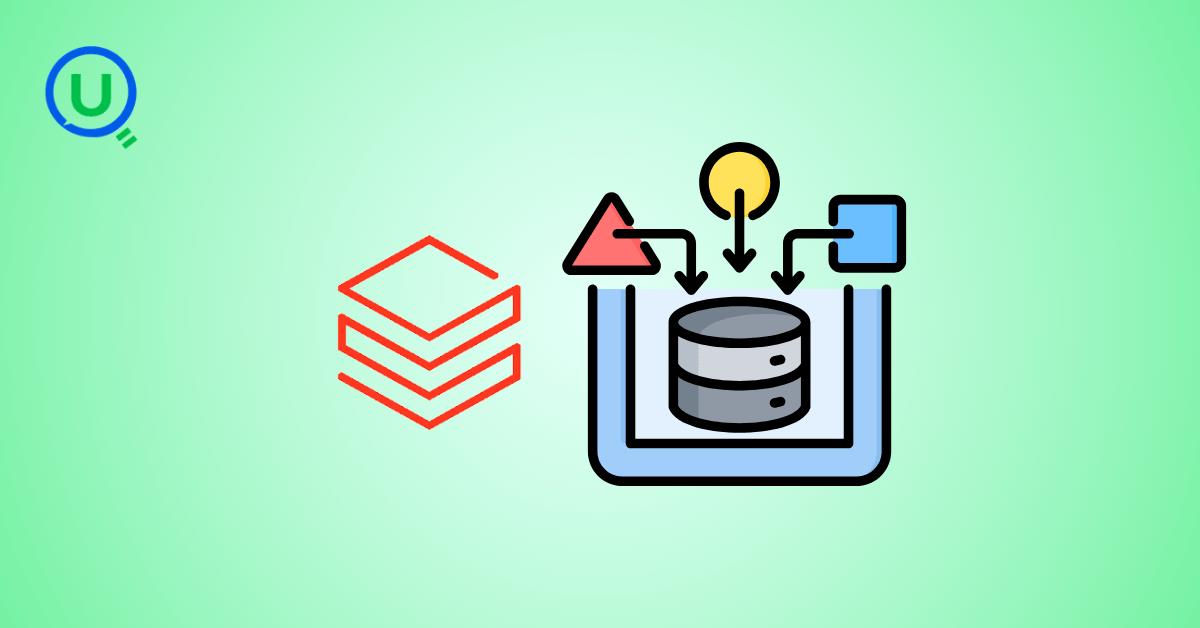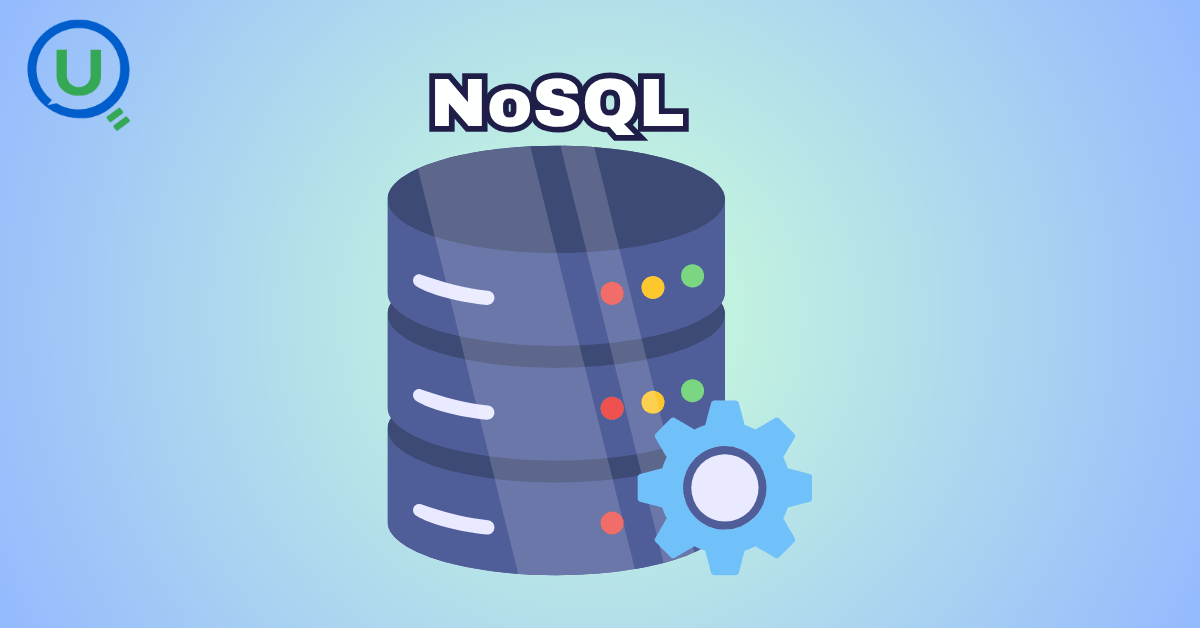Understanding Data Lakes and Data Warehouses: A Simple Guide

Ready to transform your data strategy with cutting-edge solutions?
GlobalMart, an emerging e-commerce startup, faces a significant challenge: managing and analyzing vast amounts of data generated from various sources, including customer transactions, product information, and social media interactions. As a newly appointed Data Engineer, your task is to suggest an appropriate data architecture solution. The critical decision at hand is whether to implement a Data Lake or a Data Warehouse. To figure this out, let's look at a few things:
What is a Data Lake?
Imagine a vast lake, where streams and rivers from various sources converge. Just like this water lake, the data lake, is a repository for all types of data - structured and unstructured, from IoT devices to social media streams. Picture this data lake as a massive digital reservoir where data in its rawest form - like photos, chat logs, and PDF files - is stored without immediate order or structure.
What is a Data Warehouse?
Now, envision a well-organized library. This library, representing a data warehouse, contains books (data) that are carefully sorted, cataloged, and easy to access. The data in a warehouse, unlike the lake, is structured and fits into a relational database schema. It's like having books sorted into genres and topics for easy retrieval.
That’s easy. But the decision is not just about choosing a technology; it's about aligning with the company's vision and its operational dynamics. Let's explore this through a series of questions and their implications.
1. What is the Nature of GlobalMart's Data?
Is GlobalMart dealing with a mix of unstructured and structured data? If yes, a Data Lake is the appropriate choice. It's designed to handle the diversity and volume of data, from customer interactions to product details. But, if GlobalMart's data is primarily structured and organized, a Data Warehouse is more suitable. It excels in storing data in a format that's ready for analysis and reporting.
2. What is GlobalMart's Primary Objective with the Data?
If the goal is to store vast, diverse data types cost-effectively, look towards a Data Lake. Its flexibility in handling various data formats is unmatched. However, if the focus is on analyzing historical data to derive business insights, a Data Warehouse is the answer. It's optimized for querying and analyzing structured data, helping in making informed decisions.
3. Who Will be Using This System?
Consider who will be interacting with the system. Data Lakes are more aligned with the needs of data scientists and engineers, requiring expertise to manage and process the data. In contrast, Data Warehouses are user-friendly, catering to business analysts and executives who need processed data for decision-making.
4. How Much Data Capacity Does GlobalMart Need?
Data Lakes can store enormous amounts of data - petabytes and beyond. They are ideal if GlobalMart expects exponential growth in data volume. However, if the focus is on selective, structured data storage, a Data Warehouse, with its large but finite capacity, is the better fit.
5. How Important is Flexibility in Data Handling?
The degree of flexibility required in handling various data formats is crucial. Data Lakes offer high flexibility, accommodating different data types with ease. But if GlobalMart needs a system structured for specific analysis needs, a Data Warehouse’s structured environment is more beneficial.
6. What Level of Processing Power is Required?
For robust big data analytics, a Data Lake is preferable. Its architecture supports complex processing and analytics. On the other hand, if GlobalMart's needs are centered around optimized read-only queries, a Data Warehouse is more efficient.
7. How Does GlobalMart Need to Access its Data?
If the need is to work with raw data that requires processing, a Data Lake is the way to go. However, for processed and readily accessible data, a Data Warehouse offers a more straightforward approach.
8. How Critical are Security and Compliance?
If robust security features and compliance standards are a priority, Data Warehouses typically offer more in these areas compared to Data Lakes, which may vary in their focus on security and compliance.
9. What Level of Ease of Use is Required?
Lastly, consider the ease of use. Data Lakes, requiring specific expertise, can be complex. If simplicity and user-friendliness for querying and reporting are priorities, a Data Warehouse is a more suitable option.
Applying Theory to Practice: Real-World Scenarios at GlobalMart
Let’s explore how GlobalMart can navigate these choices in various scenarios. These examples will illustrate how the outlines we discussed earlier translate into practical decision-making.
Scenario 1: GlobalMart's Expanding Product Catalog
As GlobalMart expands its product range, it needs to integrate a mix of structured data (like inventory levels) and unstructured data (such as supplier notes and product images).
Requirement: A system to manage diverse data types, scalable storage, and future analytics capability.
Optimal Choice: A Data Lake. Here's why:
Nature of Data: Data Lakes excel in handling a mix of structured and unstructured data, which is crucial for GlobalMart's varied product information.
Flexibility and Capacity: They offer high flexibility for different data formats and can scale up to store the increasing volumes of data as the product range expands.
Processing Power: Data Lakes are adept at handling large datasets, which is essential for later big data analytics as GlobalMart grows.
Scenario 2: Analyzing Customer Purchasing Trends
GlobalMart intends to delve into customer purchasing patterns using historical transaction data.
Requirement: A system adept at handling large volumes of structured data for complex analytics.
Optimal Choice: A Data Warehouse. Reasons include:
Data Nature and Analysis: Data Warehouses are ideal for structured, historical data, and support complex queries needed for trend analysis.
Ease of Use: They offer a more user-friendly environment for business analysts to query and report on customer trends.
Data Integrity: Ensures high data quality and consistency, which is critical for accurate forecasting and trend analysis.
Scenario 3: Real-time Social Media Analytics
GlobalMart plans to analyze social media data in real-time to understand customer sentiment.
Requirement: Handling real-time, unstructured data with flexibility for various analytics tools.
Optimal Choice: A Data Lake. How:
Real-time Data Handling: Data Lakes can efficiently manage the influx of real-time, unstructured data from social media.
Flexibility: They provide the necessary flexibility to integrate with diverse analytics tools, essential for real-time sentiment analysis.
Capacity: The ability to handle extremely large datasets is crucial in this scenario, and Data Lakes are well-suited for this.
Scenario 4: Streamlining Supply Chain Operations
GlobalMart seeks to optimize its supply chain, focusing on structured operational data.
Requirement: Efficient processing and analysis of structured data for operational insights.
Optimal Choice: A Data Warehouse. The choice is based on:
Structured Data Analysis: Data Warehouses are designed for structured data, making them ideal for analyzing supply chain operations.
Query Performance: They offer optimized query performance, crucial for timely insights into logistics and inventory management.
Security and Compliance: Given the sensitive nature of supply chain data, the robust security and compliance features of Data Warehouses are beneficial.
Some examples of Data Lake:
Azure Data Lake Storage (ADLS): A scalable and secure data lake solution by Microsoft Azure, designed for big data analytics.
Amazon Simple Storage Service (S3): Offered by Amazon Web Services, S3 can function as a data lake, storing a vast amount of unstructured data.
Google Cloud Storage: Part of Google Cloud, this is used for storing large unstructured datasets, often serving as a data lake.
IBM Cloud Object Storage: Known for its durability and scalability, it's used by businesses to store large unstructured datasets in a data lake architecture.
Hadoop Distributed File System (HDFS): Often used in conjunction with Apache Hadoop, HDFS is a distributed file system designed to store very large datasets across multiple nodes, serving as a foundational component for data lakes.
Some examples of Data Warehouse:
Amazon Redshift: A widely-used data warehouse service from Amazon Web Services, known for handling large-scale data sets.
Google BigQuery: A fully-managed, serverless data warehouse that enables scalable analysis over petabytes of data.
Snowflake: A cloud-based data warehouse solution known for its ease of use, scalability, and unique architecture separate compute and storage.
Microsoft Azure SQL Data Warehouse (now part of Azure Synapse Analytics): A cloud-based, scalable data warehouse service that integrates with various Azure services.
Teradata: A traditional data warehouse provider that offers both on-premises and cloud-based solutions, known for its high performance and scalability for enterprise-level data warehousing.
In Conclusion: Choosing Your Data Destination
Deciding between a data lake or a data warehouse boils down to your specific needs. Are you looking to store vast, unstructured data for flexible use? Then dive into the data lake. Or, do you need structured, easily accessible data for precise analysis? If so, the data warehouse, with its organized shelves of information, awaits you.
So, whether you're navigating the deep waters of a data lake or browsing the organized aisles of a data warehouse, understanding these concepts is crucial in the modern data-driven landscape. Happy data exploring!
Ready to Experience the Future of Data?
You Might Also Like

Snowflake recommends 100–250 MB files for optimal loading, but why? What happens when you load one large file versus splitting it into smaller chunks? I tested this with real data, and the results were surprising. Click to discover how this simple change can drastically improve loading performance.

Master the bronze layer foundation of medallion architecture with COPY INTO - the command that handles incremental ingestion and schema evolution automatically. No more duplicate data, no more broken pipelines when new columns arrive. Your complete guide to production-ready raw data ingestion

Learn Git and GitHub step by step with this complete guide. From Git basics to branching, merging, push, pull, and resolving merge conflicts—this tutorial helps beginners and developers collaborate like pros.

Discover how data management, governance, and security work together—just like your favorite food delivery app. Learn why these three pillars turn raw data into trusted insights, ensuring trust, compliance, and business growth.

A simple request to automate Google feedback forms turned into a technical adventure. From API roadblocks to a smart Google Apps Script pivot, discover how we built a seamless system that cut form creation time from 20 minutes to just 2.

Step-by-step journey of setting up end-to-end AKS monitoring with dashboards, alerts, workbooks, and real-world validations on Azure Kubernetes Service.

My learning experience tracing how an app works when browser is refreshed

This is the first in a five-part series detailing my experience implementing advanced data engineering solutions with Databricks on Google Cloud Platform. The series covers schema evolution, incremental loading, and orchestration of a robust ELT pipeline.

Discover the 7 major stages of the data engineering lifecycle, from data collection to storage and analysis. Learn the key processes, tools, and best practices that ensure a seamless and efficient data flow, supporting scalable and reliable data systems.

This blog is troubleshooting adventure which navigates networking quirks, uncovers why cluster couldn’t reach PyPI, and find the real fix—without starting from scratch.

Explore query scanning can be optimized from 9.78 MB down to just 3.95 MB using table partitioning. And how to use partitioning, how to decide the right strategy, and the impact it can have on performance and costs.

Dive deeper into query design, optimization techniques, and practical takeaways for BigQuery users.

Wondering when to use a stored procedure vs. a function in SQL? This blog simplifies the differences and helps you choose the right tool for efficient database management and optimized queries.

This blog talks about the Power Law statistical distribution and how it explains content virality

Discover how BigQuery Omni and BigLake break down data silos, enabling seamless multi-cloud analytics and cost-efficient insights without data movement.

In this article we'll build a motivation towards learning computer vision by solving a real world problem by hand along with assistance with chatGPT

This blog explains how Apache Airflow orchestrates tasks like a conductor leading an orchestra, ensuring smooth and efficient workflow management. Using a fun Romeo and Juliet analogy, it shows how Airflow handles timing, dependencies, and errors.

The blog underscores how snapshots and Point-in-Time Restore (PITR) are essential for data protection, offering a universal, cost-effective solution with applications in disaster recovery, testing, and compliance.

The blog contains the journey of ChatGPT, and what are the limitations of ChatGPT, due to which Langchain came into the picture to overcome the limitations and help us to create applications that can solve our real-time queries

An account of experience gained by Enqurious team as a result of guiding our key clients in achieving a 100% success rate at certifications

demystifying the concepts of IaaS, PaaS, and SaaS with Microsoft Azure examples

Discover how Azure Data Factory serves as the ultimate tool for data professionals, simplifying and automating data processes

Revolutionizing e-commerce with Azure Cosmos DB, enhancing data management, personalizing recommendations, real-time responsiveness, and gaining valuable insights.

Highlights the benefits and applications of various NoSQL database types, illustrating how they have revolutionized data management for modern businesses.

This blog delves into the capabilities of Calendar Events Automation using App Script.

Dive into the fundamental concepts and phases of ETL, learning how to extract valuable data, transform it into actionable insights, and load it seamlessly into your systems.

An easy to follow guide prepared based on our experience with upskilling thousands of learners in Data Literacy

Teaching a Robot to Recognize Pastries with Neural Networks and artificial intelligence (AI)

Streamlining Storage Management for E-commerce Business by exploring Flat vs. Hierarchical Systems

Figuring out how Cloud help reduce the Total Cost of Ownership of the IT infrastructure

Understand the circumstances which force organizations to start thinking about migration their business to cloud
